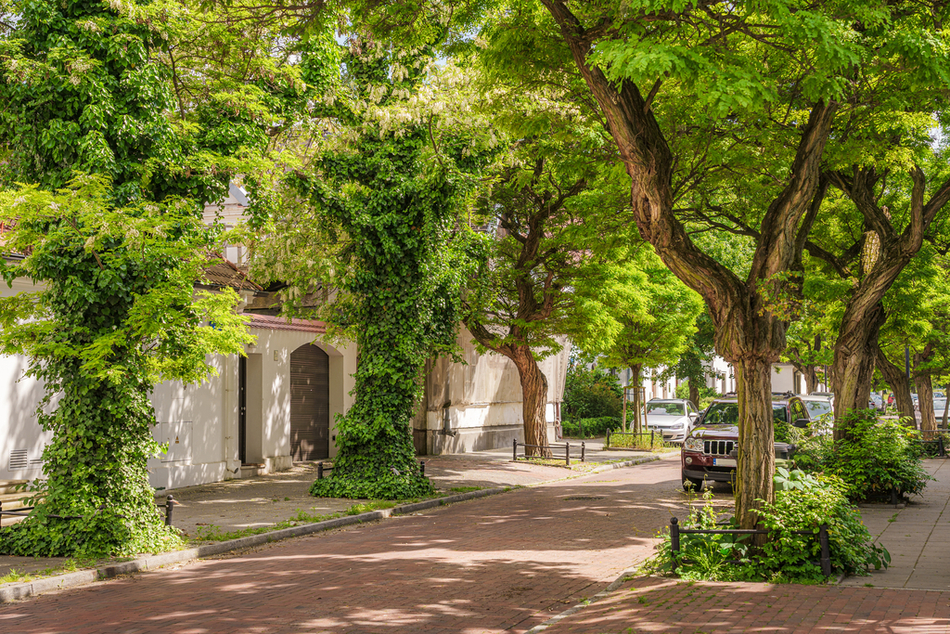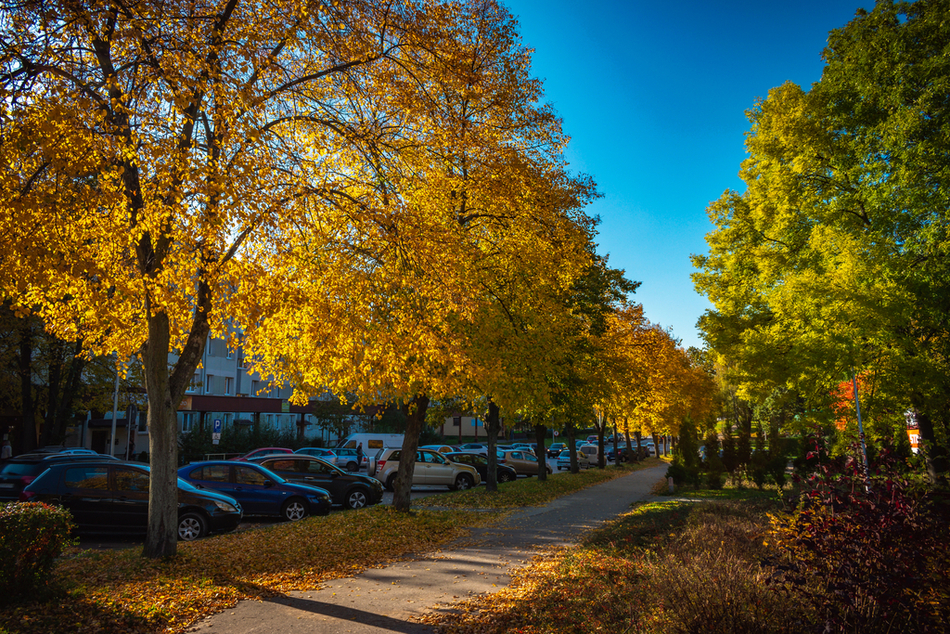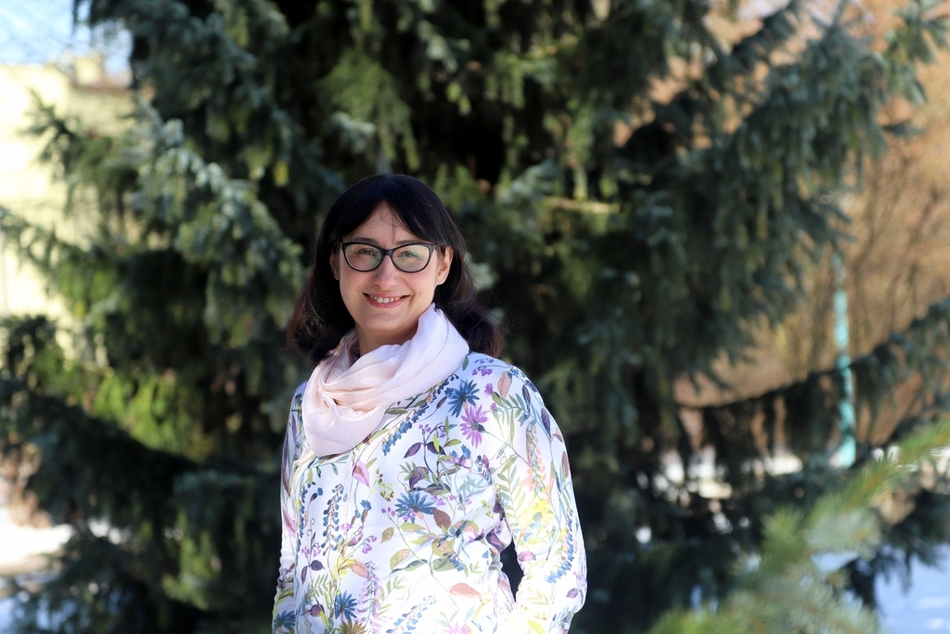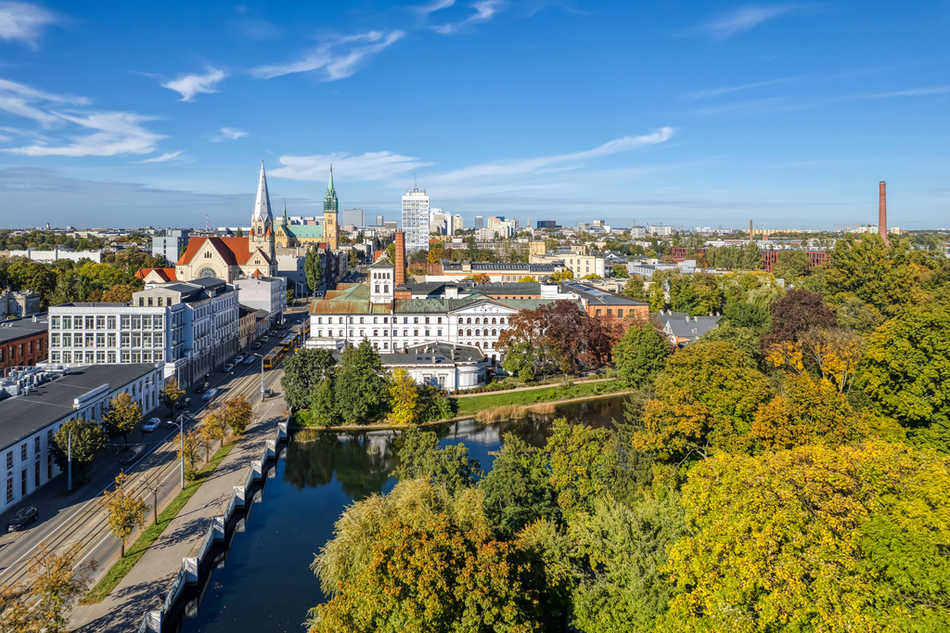Trees in the city mean better quality of life – the environmental and social importance of trees
Trees provide many benefits to city dwellers. They can be classified into ecosystem services, which include the following functions:
- supply – acquisition of timber, deadwood, mistletoe, fruit, medicinal raw materials (linden, rowan, hawthorn, elderberry);
- regulatory – improving air quality by retaining dust, absorbing sulfur and nitrogen oxides, sequestering (capturing and storing) carbon dioxide, binding heavy metals, maintaining air and soil moisture, limiting surface runoff, preventing soil erosion, releasing phytoncides, protecting against gusts of wind, preventing the urban heat island effect, reducing noise;
- habitat – habitat and food base for avifauna, chiropterofauna and invertebrate animals, production of oxygen in the process of photosynthesis, supporting the cycling of carbon, nitrogen and other elements;
- cultural – creating space for environmental education, positive impact on health and well-being (reducing stress, improving mood, supporting mental health), a place for conducting scientific research, improving the quality of the urban landscape, inspiration for artistic activities.
More trees means less pollution – advantages…
Studies conducted in Chicago have shown that a 30-year-old street tree accumulates about 54.2 kg of CO2 per year. Additionally, through shading and wind protection, household energy consumption is reduced, which results in lower emissions from power plants (about 96.2 kg of CO2/year, which is almost 80% more than the amount obtained from sequestration). It has also been calculated that in one year, trees in Chicago contributed to the removal of over 6,000 tons of air pollutants, which was estimated at $9.2 million.
Environmental economists have been trying to express the value of trees in monetary terms for many years. These studies can provide arguments for the need to protect trees in the city. Defining the value of ecosystem services in monetary terms provides factual data that can be taken into account in budgets and support the sustainable development of urban spaces.
Another method of showing the importance of trees is to estimate the replacement (compensation) value. In this case, the value of trees depends on key variables: age, species, location, and its provision gives an image of the values that we lose when we remove mature trees.
You can hear about the value of trees in the video: Ile warte jest drzewo? – prof. Jakub Kronenberg [How much is a tree worth? – Prof. Jakub Kronenberg] (in Polish)

…and disadvantages, or the economic side of maintaining trees
Despite the general public support for trees in the city, the functioning of tall greenery is associated with costs, especially in the context of spatial planning, safety and greenery management. As a result of root growth, underground and ground infrastructure is damaged. During violent storms, falling branches can pose a real threat to people, vehicles and property. In addition, falling leaves and branches litter the streets, sidewalks and block storm drains. Some species (e.g. birch) produce highly allergenic pollen, which worsens the quality of life of allergy sufferers. Additionally, maintaining trees in good condition is associated with expenses from city budgets.
Social activity for tree protection
The activity of social movements, both formal and informal, is of great importance in protecting trees in urban areas. Grassroots groups conduct information campaigns, workshops, educational campaigns and happenings that increase residents' awareness of the value of trees and the effects of their removal. They popularise knowledge about the ecosystem services of trees and show how greenery affects the quality of life. Examples include campaigns undertaken by the Centre for Environmental Activities ŹRÓDŁA or the Społecznie Zaangażowani Association.
When the cutting down of trees is planned, and as a result the land is designated for development, it is the residents, often gathered in informal groups, who react first and most actively. They organise protests, pickets, petitions or blockades. Thanks to social, grassroots mobilisation, many trees have been saved and the cutting has been suspended until the cases are reconsidered. Such situations have occurred in many places in Lodz, including in the vicinity of the Lublinek forest complex or in the Stoki housing estate.
Representatives of organisations participate in social consultations, submit comments on planning and strategic documents of cities. In addition, many urban activities are initiated by social organisations, e.g. planting trees or cleaning up forested areas. An important initiative that began in Lodz in 2022 is the Lodz Tree Map, which involves an inventory of urban trees by volunteers. So far, they have marked over 80,000 trees! Activity in the area of tree protection is not only practical support for greenery, but also a form of building social bonds and a sense of responsibility for the common space.
The University of Lodz joined this initiative and on 19 May, 4 and 9 June, together with its employees and students, it organised meetings during which several dozen trees were inventoried. The initiative was attended by the Faculty of Geographical Sciences and the Faculty of Biology and Environmental Protection.
Summary
Trees are an integral component of the ecological structure of the city. Their presence, both in central urban areas and on the periphery of urbanised zones, plays a key role in creating a city that is conducive to public health, resistant to climate change and consistent with the principle of sustainable development.

Bibliography:
- Kronenberg J. 2012. Usługi ekosystemów w miastach. Zrównoważony Rozwój — Zastosowania nr 3: 13-28
- McPherson E.G., Nowak D., Rowntree R.A. 1997. Chicago's urban forest ecosystem: results of the Chicago Urban Forest Climate Project. Gen. Tech. Rep. NE-186. Radnor, PA: U. S. Department of Agriculture, Forest Service, Northeastern Forest Experiment Station.
- Szczepanowska H.B. 2015. Drzewa w mieście – zielony kapitał wartości i usług ekosystemowych Człowiek i Środowisko 39 (2): 5–28
Dr Natalia Ratajczyk is a senior lecturer at the Department of Biogeography, Paleoecology and Nature Conservation at the Faculty of Biology and Environmental Protection, University of Lodz, Dean's Representative for Sustainable Development and Dean's Representative for the following study programmes: Environmental Protection, EcoCity, Biomonitoring and Ecological Biotechnologies. She teaches Environmental Protection and EcoCity, during which she tries to sensitise students to the aspects related to excessive consumption, resource protection and shaping ecological awareness. She carries out activities related to raising awareness of sustainable development and is a co-author of the BiOŚfera project.

Source: Dr Natalia Ratajczyk, Department of Biogeography, Paleoecology and Nature Conservation, Faculty of Biology and Environmental Protection, University of Lodz
Edit: Kamila Knol-Michałowska, Promotion Centre, Faculty of Biology and Environmental Protection, University of Lodz
Photos: Adobe Stock

